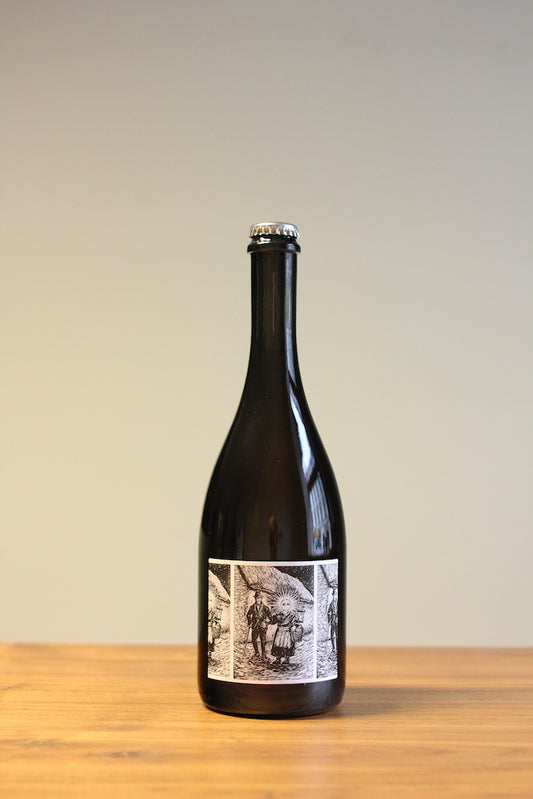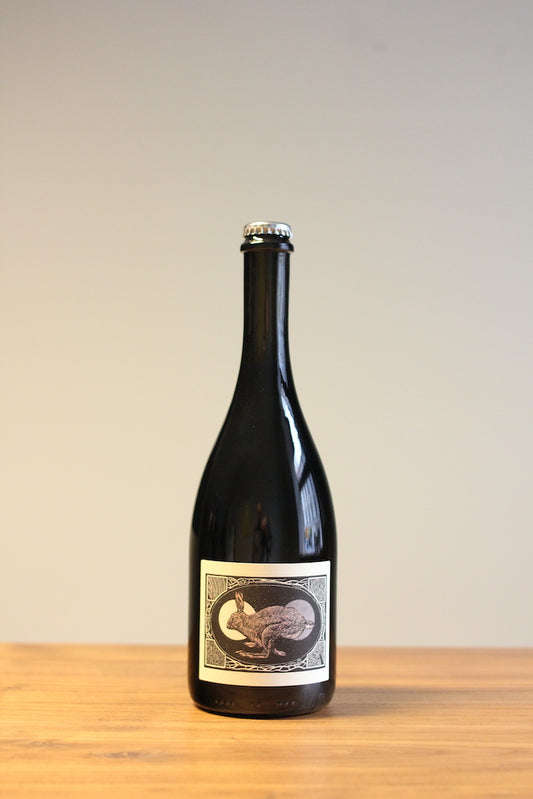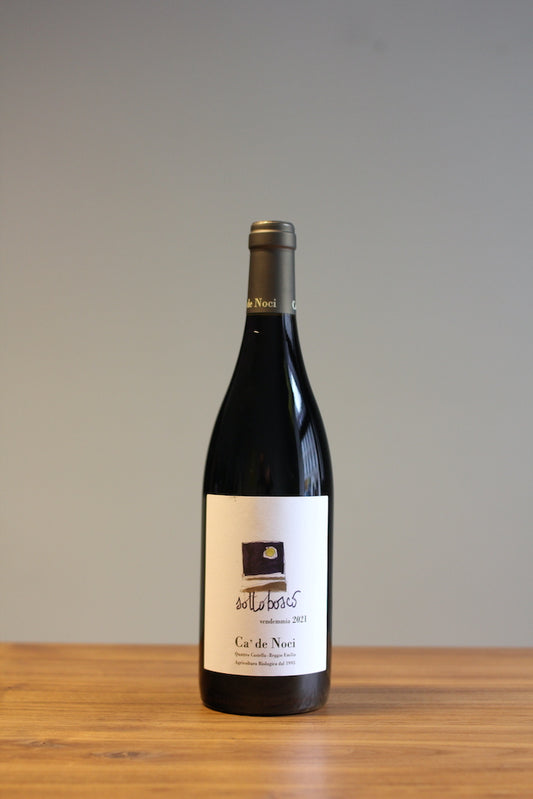Free shipping within Austria from € 99
Free shipping to Germany from € 120
Shipping costs within the EU
Payment methods
Collection: Lambrusco
Lambrusco is the name of a grape family that is extremely heterogeneous and currently consists of 15 known varieties—though 200 years ago, there were twice as many. How many existed 2,000 years ago is anyone’s guess, but what is certain is that the Lambrusco family already existed back then, making it quite possibly the oldest among Italy’s often very ancient grape families.
There has been plenty of time, then, for the varieties—despite genetic similarities—to develop in very different directions. Today, Lambrusco is a catch-all term for a group of grapes with their own distinct morphological, physiological, and sensory characteristics. So anyone heading to the region or opening a bottle at home should be aware: Lambrusco Grasparossa and Lambrusco Sorbara are about as similar in taste as Cabernet Sauvignon and Pinot Noir. It’s therefore worth briefly introducing the three most important members of the family:
Lambrusco Sorbara
Sorbara is primarily found south of Modena. There’s not a hill in sight—just deep sand and clay soils and plenty of humidity, an ideal environment for tomatoes, peach trees, corn, and Sorbara. Despite the often tropical conditions, this variety can, at its best, produce elegant, delicate, ethereal, and fragrant wines.
Lambrusco Salamino
The grape’s short, cylindrical shape inspired a few drunken farmers (or perhaps ampelographers) to liken it to a salami—thus sealing its etymological fate. Salamino is primarily grown in the flatlands between Carpi and Modena, covering an impressive 4,000 hectares, usually rooted in sand, silt, or clay.
Lambrusco Grasparossa
Muscular, juicy, dark-fruited, and compact—Grasparossa produces intense Lambruscos. These wines have a solid tannic structure and lively acidity, and when handled correctly, result in a wine that not only makes a visual statement (deep blue with violet foam) but also impresses on the palate. Unlike Salamino or Sorbara, the emphasis here is not on elegance, but on power and concentration. Good Grasparossa wines can age well over the years and are primarily found in the hills south of Modena and Reggio Emilia.
-
Rosso Spumante 2022
Vendor:BergiantiRegular price €32,90 EURRegular priceUnit price / per -
Perfranco 2022 (rosato frizzante)
Vendor:BergiantiRegular price €22,90 EURRegular priceUnit price / per -
 Sold out
Sold outNo Autoclave 2021 – Frizzante rosso
Vendor:BergiantiRegular price €21,90 EURRegular priceUnit price / per -
San Vincent 2021
Vendor:BergiantiRegular price €24,90 EURRegular priceUnit price / per -
Stiolorosso 2023
Vendor:BergiantiRegular price €22,90 EURRegular priceUnit price / per -
Sottobosco 2021
Vendor:Ca' de NociRegular price €22,80 EURRegular priceUnit price / per -
Cattabrega 2023
Vendor:Podere SottoilnoceRegular price €20,90 EURRegular priceUnit price / per -
Puntorosa 2023 – Rosato Frizzante
Vendor:Podere SottoilnoceRegular price €15,90 EURRegular priceUnit price / per -
Saldalama 2023
Vendor:Podere SottoilnoceRegular price €20,90 EURRegular priceUnit price / per -
Trifalco 2021
Vendor:Podere SottoilnoceRegular price €26,80 EURRegular priceUnit price / per










